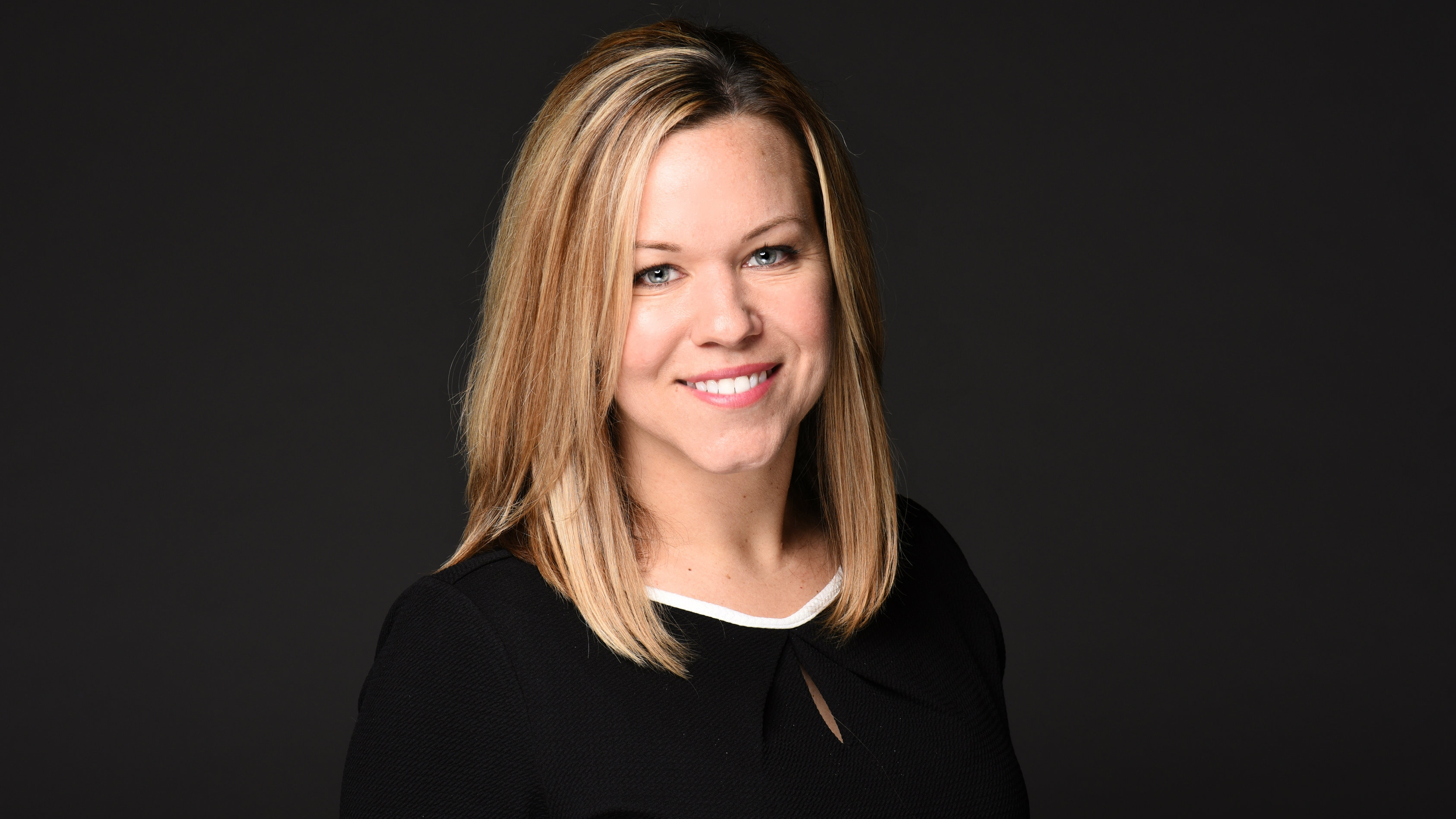By Stephanie Shields
Americans experienced a revolution in 1954: the TV dinner. That was the year mass sales began of frozen meals comprised of three courses – a meat, vegetable and dessert – that took the same time to cook. Although frozen meals have been refined and improved over the years, the premise remains the same. People who are pressed for time or simply don’t want to cook can still enjoy a hot meal in a couple of minutes.
The insurance industry is currently experiencing a comparable revolution. In the past, employees have had to apply for and purchase their insurance coverage piecemeal. This involved choosing from a menu of products that covered a variety of situations, from accidents and illness to dental needs and more. It required time, research and a thorough understanding of the financial impact of both major and minor medical conditions – and unfortunately, employees may have had their focus elsewhere, not giving proper time to benefits choices.
Today, many insurers are helping make the selection process easier by offering practical, cost-effective product combinations – two or more policies that work well together and provide enhanced coverage. Others are innovating in the space by developing “hybrid” policies. These combine the protections of several types of coverage under one overarching policy that helps protect consumers from a variety of health-related expenses.
Changing needs, changing products
Why are companies introducing convenient product combos? In many instances, it is due to shifts in consumer needs as the result of changes to the U.S. healthcare system. For example, 84 percent of U.S. employers offer consumer-directed health plans to their workforce. Furthermore, in 2018, a high-deductible health plan ranged from $1,350 to $6,650 in out-of-pocket costs for an individual policyholder and $2,700 to $13,300 for a family.
As the health care market continues to evolve, agents, brokers and employers are looking for ways to help ease the pain of spiraling health care costs, including copayments and deductibles. Employers, in particular, are looking for solutions – and voluntary products are a natural fit. After all, 81 percent of employees see a growing need for voluntary insurance benefits, and 90 percent at least somewhat consider voluntary insurance as part of a comprehensive benefits program.
Still, as employers contemplate adding voluntary insurance to their employee benefits options, they have questions about what products to offer and when – as well as how to advise their employees on which products to choose.
Expecting employees to research, understand and choose from a wide variety of voluntary insurance products is cumbersome. At Aflac this is why we developed a product called BenExtend® that combines the aspects of three key products: group accident, hospital indemnity and critical illness insurance plans. Customers can certainly purchase these individual policies, but by incorporating popular benefits from different products into one simple plan design, we are giving employees the coverage they need to help guard their finances against some of the most common – and expensive – illnesses and injuries, all in one convenient plan.
Products with strategic benefit combinations are emerging as a new trend in insurance. These types of products can help remove much of the decision-making burden from companies and employees. This will help clients save time and effort as well as allow them more time to focus their attention on running the business.

Stephanie Shields is vice president of Premier Broker and Product Solutions at Aflac. Her responsibilities include driving growth and deepening partnerships with Aflac’s top broker and consultant partners, as well as driving innovation through the continued expansion of Aflac’s U.S. product portfolio.
